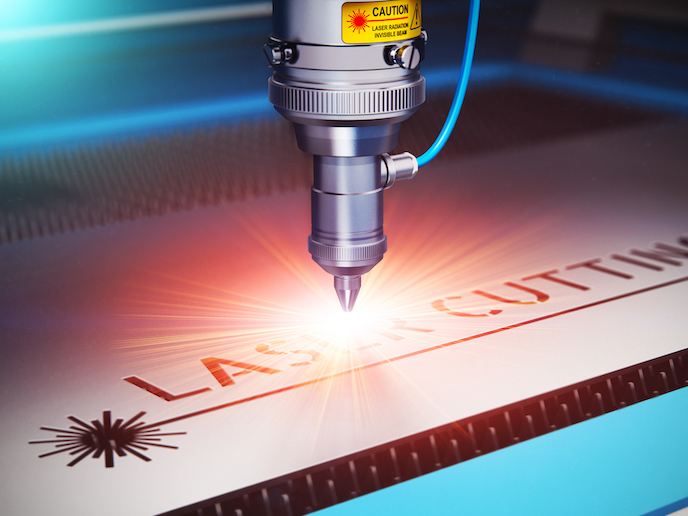High-throughput laser for precise, cost-effective material processing
Micromachining – precision engineering of micro components – holds out the promise for many industries of higher productivity at lower cost. Its adoption has been made easier by progress with ultrashort pulse (USP) laser and photonic technology. But challenges remain in cost-effectively combining high precision with yield/productivity, with high quality. The HIPERDIAS project was set up to demonstrate USP laser-based material processing at unprecedented (high-throughput) levels of productivity, precision and quality. EU support enabled the project to integrate all the necessary components into a stable, flexible and versatile machine base for a high-power femtosecond laser and to develop a 1 kW demonstrator system, tested and validated by end users. Using the technology, the project surpassed the desired ablation rate for silicon processing and achieved the majority of key performance indicators for the fine cutting of metals and diamond polishing.
A highly advanced processing system
The goal is to have a high productivity rate without losing precision, along with high quality without compromising speed. This requires a femtosecond laser with very high average power and well-adapted beam parameters. The laser needs to cater for pulse duration, pulse energy, intensity profile and polarisation, and provide a flexible beam delivery. The beam has to be applied to the workpiece in a well-defined, application-specific manner which permits it to be split by a diffractive element, or moved rapidly by a scanner or ultrafast modulators. The latter is necessary to avoid heat accumulation which degrades processing quality. To achieve this, the HIPERDIAS project combined a high-power, ultrafast, laser system Master Oscillator Power Amplifier (MOPA) with a well-adapted processing machine for diamond processing, 3D silicon structuring and fine cutting of metals. The system was tested for three target applications and found it was faster than the current state of the art: it both processed 3D silicon and polished synthetic diamonds 50-60 times more quickly and finely cut metal 20-25 times faster.
For multiple applications
The results of HIPERDIAS can be adopted by all the sectors where laser technology can enhance product quality, while affording cost benefits and new production solutions. “The HIPERDIAS system will have a two-fold impact: creating leadership in this exciting field and so strengthening Europe’s companies, while also reducing the cost of many everyday items, such as mobile phone screens, for consumers,” says Marwan Abdou-Ahmed, project coordinator. The technology can be applied to a range of applications including microelectromechanical system devices, pico-projectors and medical devices. It will also be useful to various industries for micromachining of transparent materials, drilling of nuzzles and large-area surface structuring for super water-repellent applications. From watchmaking to aeronautics and automotive manufacturing, the HIPERDIAS project has developed a system that could make manufacturing more efficient. There are also many scientific applications, such as spectroscopy and proton therapy, that could benefit from scaling the technology to higher energy and peak power. The team envisage having a 1 kW class femtosecond industrial laser system available within 3 to 5 years. “HIPERDIAS has paved the way to make this technology possible, but to be faster and able to withstand the higher powers required, the system needs further development. For example, we need to fine-tune various components such as fibre beam delivery and scanners,” concludes Abdou-Ahmed.
Keywords
HIPERDIAS, micromachining, femtosecond, laser, photonic, silicon, diamond, metals, pulse, optics







